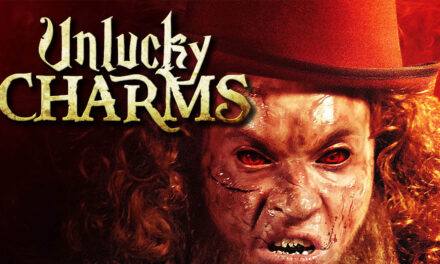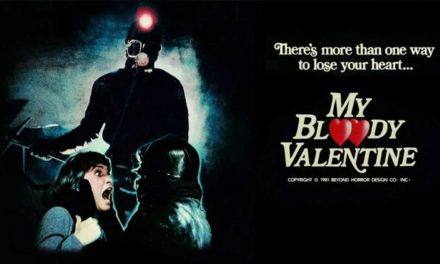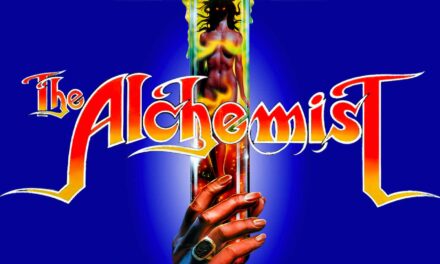In 1896, famed sci-fi novelist H. G. Wells published The Island of Dr. Moreau, a story of science gone awry. Described as “an exercise in youthful blasphemy”, it tells the story of Dr. Moreau, a mad scientist creating animal-human hybrids. In the 1930s, there was a massive boom in horror films thanks to the release of Universal’s Dracula and Frankenstein. Paramount Pictures decided to capitalize on this trend, starting with their 1931 adaptation of Dr. Jekyll and Mr. Hyde. The film was both a critical and commercial success upon release and lead Fredric March won a Best Actor Oscar. Seeing the potential, Paramount decided to follow it up with an adaptation of the H. G. Wells novel. For the adaptation, they hired Erle C. Kenton to direct, who was mostly known for comedies and crime dramas. Finally, in 1932, The Island of Lost Souls was released to theaters.
%
Rating
Synopsis
Edward Parker (Richard Arlen) has been rescued and brought onto a freighter by its captain, Captain Davies (Stanley Fields). Unfortunately, Parker’s thrown off and left on the boat of Dr. Moreau (Charles Laughton) and his assistant Montgomery (Arthur Hohl). They arrive on Moreau’s island, where Parker is treated to his hospitality and is introduced to Lota (Kathleen Burke). Parker soon suspects something going on, so he investigates and discovers the “House of Pain”, where he discovers Moreau’s experiments. Turns out that Moreau has been creating human-animal hybrids, all of whom follow the Sayer of the Law (Bela Lugosi). Meanwhile, Parker’s fiance Ruth Thomas (Leila Hyams) hires Captain Donahue (Paul Hurst) to help her find and rescue him. As Parker spends more time with Lota, it becomes clear that Moreau wants him to mate with her. Will Moreau succeed in his experiments, and will Ruth be able to rescue her fiance?
Review
Island of Lost Souls is certainly one of the more interesting movies to come out of the pre-code era. While there’ve been many Dr. Moreau adaptations over the years, this one remains the definitive version, and for good reason. Firstly, the performances are top-notch, Charles Laughton being the highlight, playing more a calm, collected scientist than a mad one. He’s so charismatic and oddly charming that you almost buy into the bizarre experiments he’s performing, making a memorable villain. Arlen does a good job as the standard hero, and Burke is both captivating and seductive as the Panther Woman. Though virtually unrecognizable under heavy makeup, Lugosi delivers a great performance as always, even though his screentime is limited. Filmmaking wise, Kenton’s direction is decent, though there isn’t anything special on display, which was fairly typical of 1930s films. For its time, it’s a good looking film.
What’s really impressive are the makeup effects used to create the human-animal hybrids, especially considering the limited budget they had. The makeup effects were done by Charles Gemora and Wally Westmore, who would work with John Ford and Alfred Hitchcock. It’s easy to see why, given how they were able to use very primitive materials to transform all these extras. Honestly, the effects are about on-par with the work Jack Pierce did for Frankenstein and The Wolf Man. Admittedly, parts of the movie tend to drag, and the action doesn’t really pick up until near the end. Thankfully, at roughly 70 minutes in length, it never outstays its welcome and is a fairly quick sit. It’s hard to recommend a movie like this to newer audiences, but it’s worth watching for any budding film historian. Overall, Island of Lost Souls is a piece of cinematic history worth uncovering.
Buy The Island of Lost Souls from The Criterion Collection: https://bit.ly/3kn5cMV




